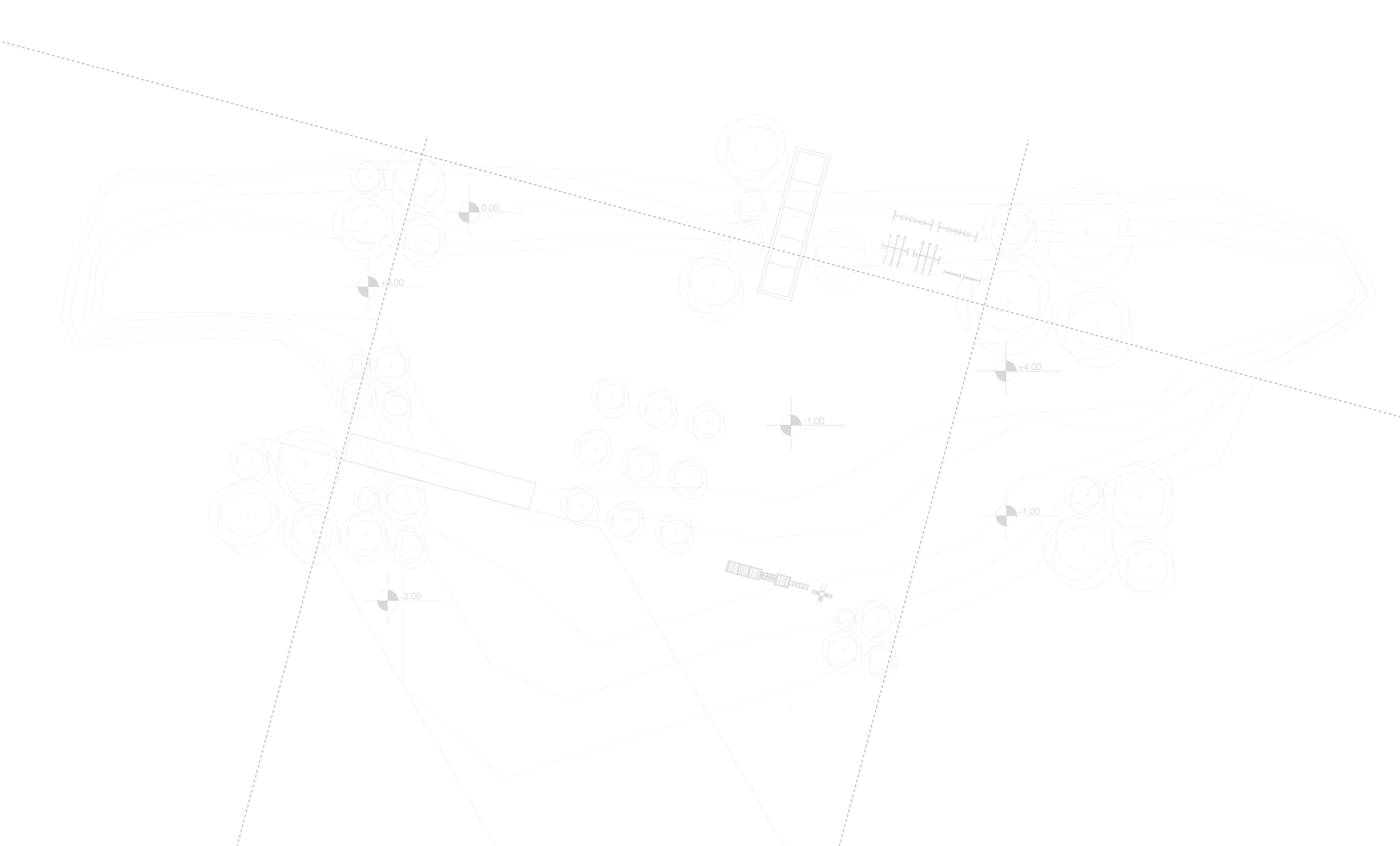
Studio Organica
• Architecture + Developements •
Sustainable Solutions
For many of us if not most, we spend most of our time inside. And it is this environment that gives us the context from which we live our lives. This has a great effect on the human organism. As does the natural environment, which has been acclimatized in a way that supports human life. This ecosystem, having been called Gaia by some, is a living, intelligent organism of which our lives are largely dependent on. As history has more than once proven, when we live life out of balance with natural cycles and the natural resource on which we are dependent for our survival disappear, civilization collapses. Hence, one can easily see the importance of living in balance with our ecological environment.
Therefore our approach to an ecological sustainable architecture is to harmonize the built environment within its natural environment (context) and harmonize the built environment with its occupants. Therefore bringing about a link between man and nature. We seek to create harmony and balance in all of our designs and endeavors. The more a building or structure is harmonized with it’s environment, the better, as the more it connects its occupants with the rhythms and cycles of a life supporting ecology. This applies to urban ecologies and dwellings as well.
Ecological Architecture
Through techniques such as:
-
Proper orientation with suns, winds, and other natural factors
-
Contextual (environmental) studies
-
Cross ventilation, open tropical cross flow planning, solar passing heating
-
Living spaces integrated with natural gardens and views
-
That take advantage of sun path planning for natural lighting and patterns that mimic biological tendencies
-
Rain-water collection and reuse of grey-water for irrigation, green walls, belts, barriers.
-
Open courtyard plans with integrated living green spaces, perma-culture, integrated gardens, green roofs.
-
Cross-views and natural lighting.
-
Minimized reliance on artificial and electrical systems, lighter foot print
-
Reduced air-conditioned spaces that allow for open integrated living spaces
-
Economize through efficient design of space and materials - do more with less and maximize amenity and luxury through well thought design.
-
Innovative, ecological materials that are more efficient and lower impact/minimalistic to achieve a sophistication of space through good organic design principles and simplicity of materials rather than unchecked elaboration.
-
Smaller, more ecologically integrated footprints. The Not-So-Big house idea: compact design to maximize the value of the space by taking advantage of all possibility.
-
Even large edifices with spaces that are well elaborated can sit lightly and sustainable on their footprint and harmonize with their environment through a combination of the above techniques.
Overall, this leads to higher return of value for our clients through quality of space and well planned design. It all starts with an evaluation of your property and its proper context. Let us take a look and give you a free evaluation.
